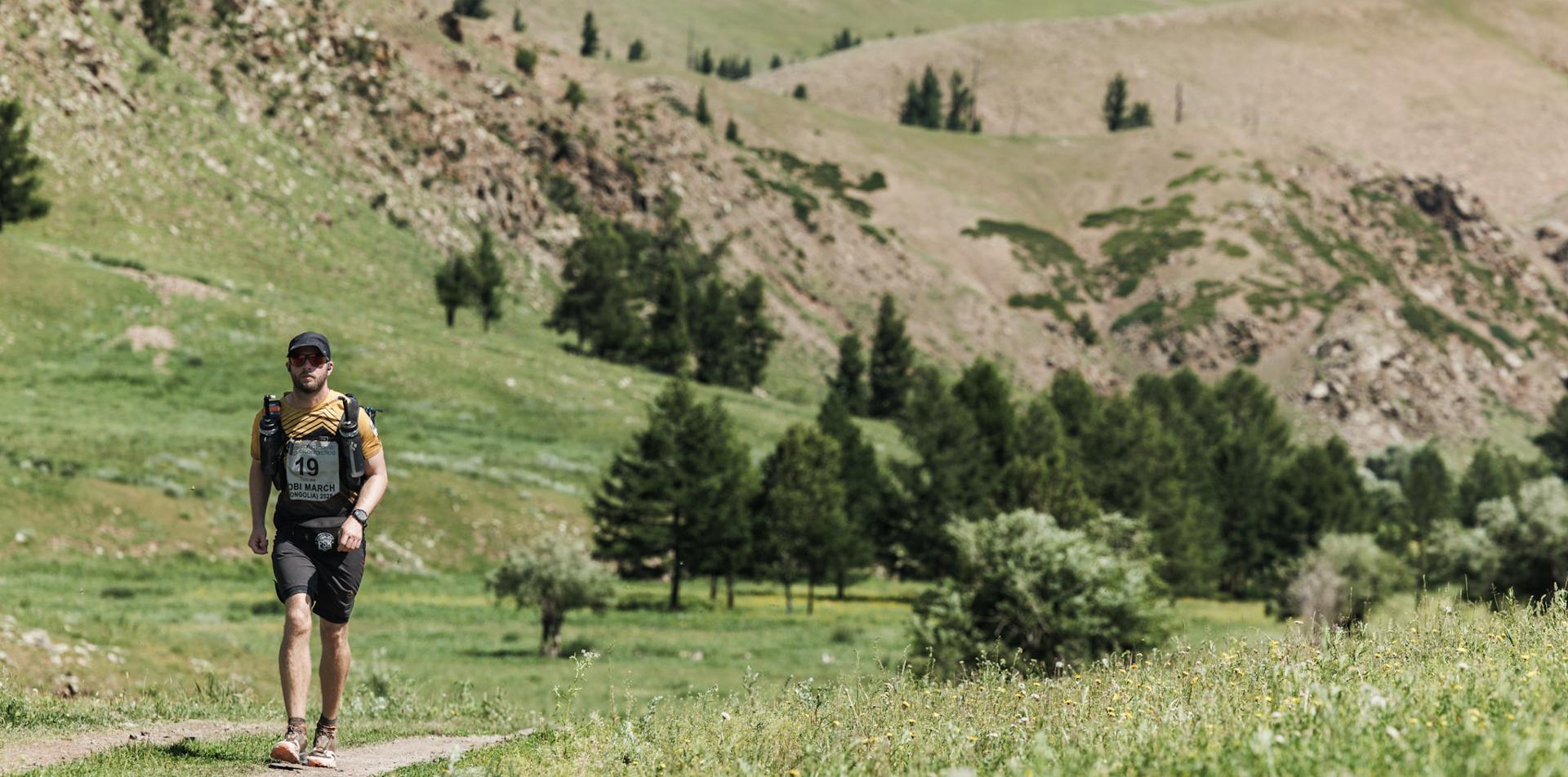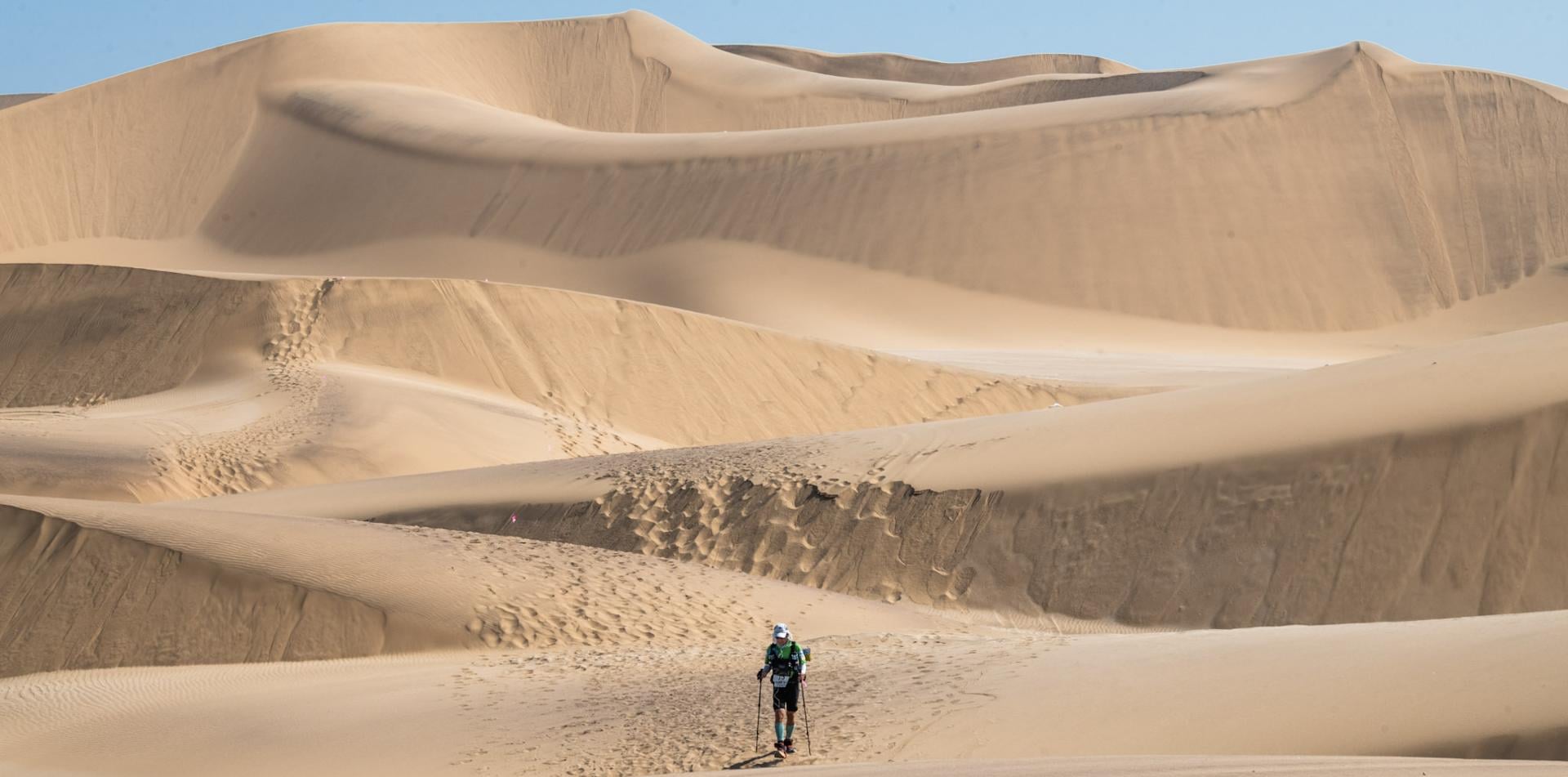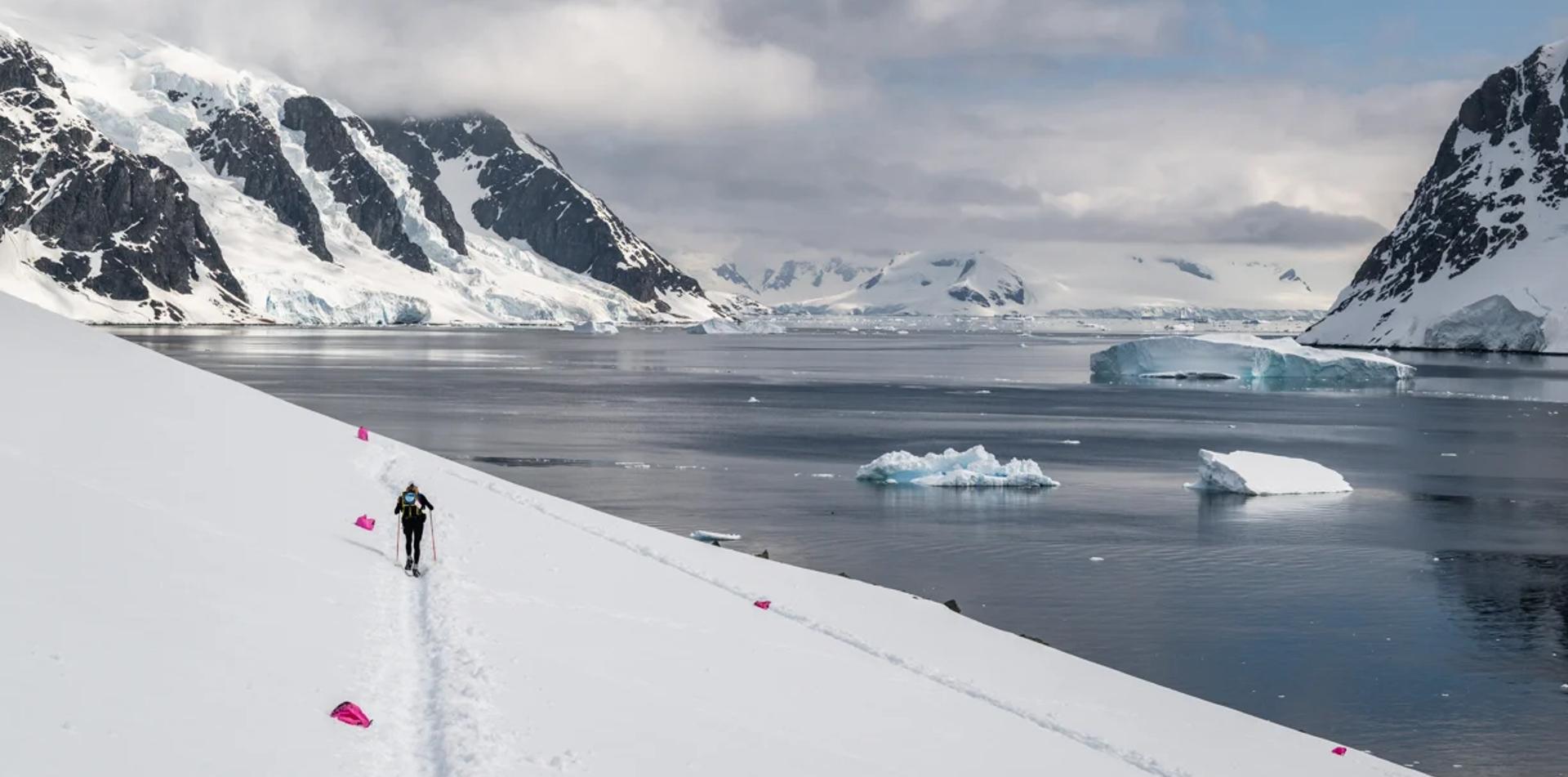Compression Garments
We've had a lot of anecdotal evidence from competitors at RacingThePlanet events that compression garments help their muscles recover more quickly, and improve their performance.
Use of compression garments began over 50 years ago as researchers examined compression's effects on poor venous blood flow in postoperative patients. Their use crossed over into sport, in the first instance for power-lifters and then other power-based disciplines like high-jump and sprinting. It is only in recent years that research has started to take place evaluating the efficacy of wearing compression garments during submaximal exercise, for example - long distance running.
The amount of research is still limited, but among the observed and suggested benefits are:
- Enhanced blood circulation.
- Reduced muscle oscillation on ground impact.
- Augmented proprioception (consciousness of the position of your limbs and body in space).
- Reduced blood lactate concentration during maximal exercise.
- Increased torque generated around joints, which both improves performance and reduces the risk of injury.
- Increased performance in hot and humid conditions.
- Speeding recovery by promoting removal of toxins (e.g. blood lactate) after exercise, and improving subsequent exercise performance.
- Apparent reduction in the effects of delayed onset muscle soreness.

How are the effects above relevant to endurance racing and training?
When you are in training for an endurance race like one of the 4 Deserts, you need to build up stamina with increasingly long sessions of running or walking, and during this training it is of utmost importance to avoid injury.
You can focus on areas of weakness or old injuries by wearing a targeted support (knees, ankles, hips, hamstrings etc) or by wearing full tights. The joint effects of decreasing muscle oscillation, increasing torque around joints and improving your walking or running style because of the increased awareness of how you place your limbs during exercise (proprioception), can all help reduce the impact of a prolonged training period on the body and help reduce the risk of injury.
Most competitors in training for an ultra-marathon lead busy lives, fitting in their training sessions around a hectic schedule of work, family and other commitments, so anything that helps reduce the aftereffects of heavy exercise will always be welcome. Wearing compression tights or socks straight after exercise has been shown to speed up the removal of blood lactate, and reduce delayed onset muscle soreness, making your recovery period that much shorter.
The potential effects of wearing compression gear when you are racing could be even more beneficial.
If you are a runner, then enhanced blood circulation, lower oxygen cost, increased torque at joints and reduced muscle oscillation could all lead to an improved performance out on course, as well as reducing the impact of such intense exercise over a number of days.
If you are a walker then the main benefits should come in the form of the increased torque at joints, the support of active muscles, reduction in muscle oscillation and enhanced blood circulation - getting oxygen to the muscles more efficiently should help with fatigue. Even though the impact of each step will not be as hard as for runners, the number of steps walkers take is much higher, so minimizing muscle oscillation through the supporting action of compression gear can only be a good thing.
Both runners and walkers will benefit from the sunscreening and wicking effects of the technical fabrics used in compression gear on both upper and lower body. With sweat being whisked away from the skin more efficiently to evaporate, the core-body temperature will be kept more stable in the heat of the desert. The other overall benefit of being more aware of your proprioception will also help both runners and walkers achieve a better style, which again will reduce the stress on your body over a number of days, and help you stay aware your movement when you are getting more fatigued.
If you are wondering whether only lower body compression garments are beneficial then it's worth considering that arm sleeves and tops (with a lower degree of compression - you don't want to feel constricted across the chest) will again help enhance blood circulation and temperature regulation.
During multi-day races, rest and recovery between stages is very important.
The most beneficial aspects of wearing compression apparel after a day's racing is that it hastens the removal of blood lactate and crucially has been shown to improve performance of subsequent exercise. If you want to keep some pop in your legs during the later stages of a race, wearing compression tights during recovery could help give you that extra boost.
What about traveling to and from an event?
And finally, it's long been recommended that people consider wearing compression socks during long-distance air travel to reduce the instance of DVT (Deep Vein Thrombosis), but there is a more important reason for wearing them if you are getting straight on a plane after a period of long and intense exercise.
After an endurance race such as the 4 Deserts, there will be a large build up of toxins in the blood and this often leads to swelling in the leg muscles. If you then have to sit still on a plane for a number of hours, the added swelling this can cause, due to poor blood circulation, can be excruciating. Wearing graduated compression socks will help improve blood circulation, cutting down the swelling (and pain!) and ridding the body of those toxins more efficiently.
So that's a quick overview of how compression garments could benefit you before, during and after an endurance race.
When you're considering what compression gear to buy there are a growing number of options - tights, shorts, socks, ankle guards, arm-sleeves, leg-sleeves, hamstring sleeves, singlets and shirts. Even within each category there are different fabrics, weaves and gradations of compression, so it is important to research what is going to be most beneficial for your activity and intensity of exercise and never go into a race without having tried and tested it before.
Compression Clothing:







 Newsletter
Newsletter
 Online Store
Online Store





